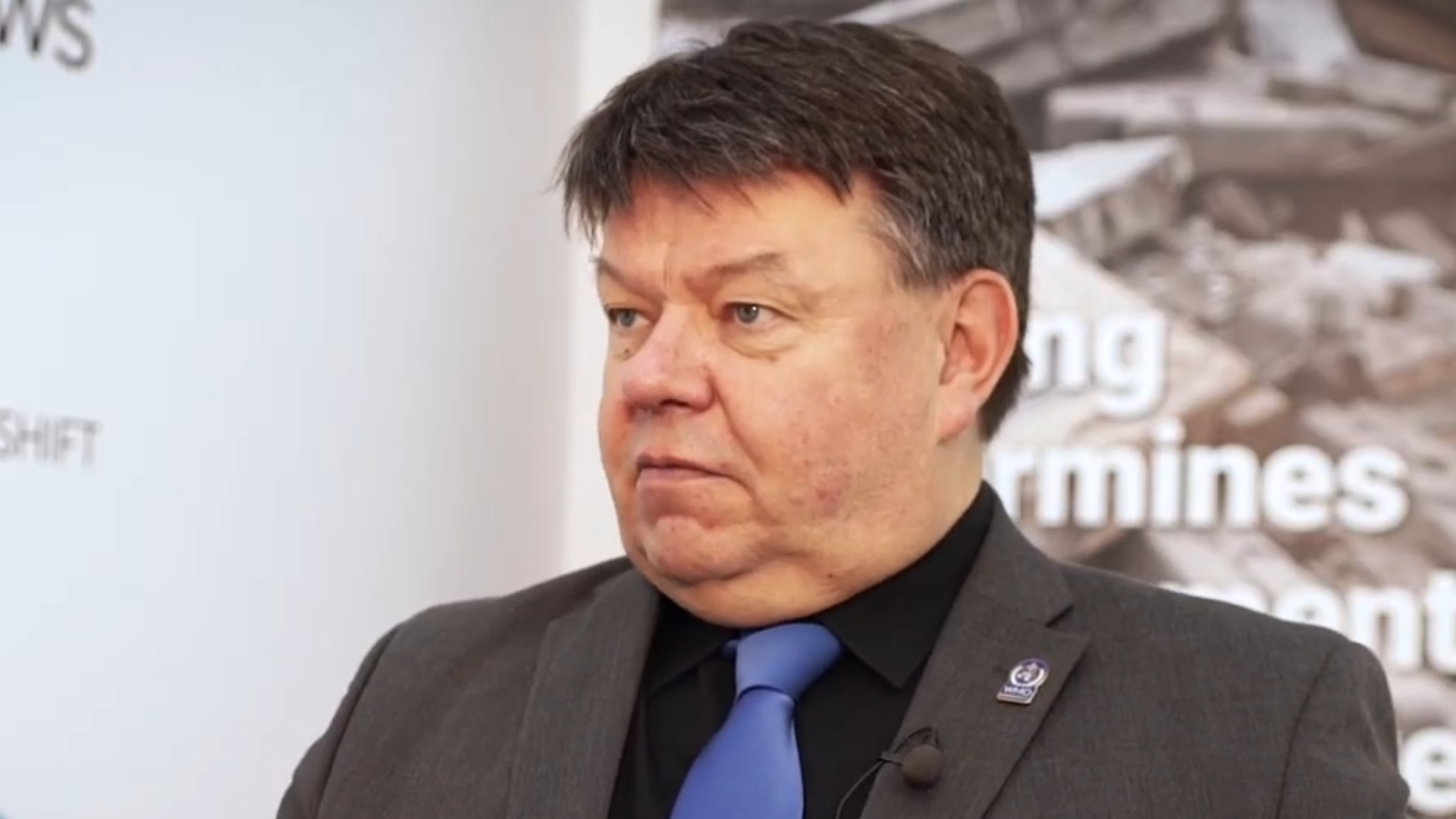Read Time:5 Minute, 26 Second

How does the World Meteorological Organization (WMO) view the current climate situation?
How can Asia overcome its challenges to reach the last mile by using early warning systems?
What should the focus of South Asian governments be to adapt to these events?
To reach the 1.5 degrees target and net zero carbon emissions, what should South Asian countries focus on?
We have seen lots of extreme climate events worldwide and some of them would not have been possible without the impact of climate change.
Prof. Taalas spoke with ADPC at the 26th Conference of Parties (COP-26) in Glasgow, United Kingdom.
